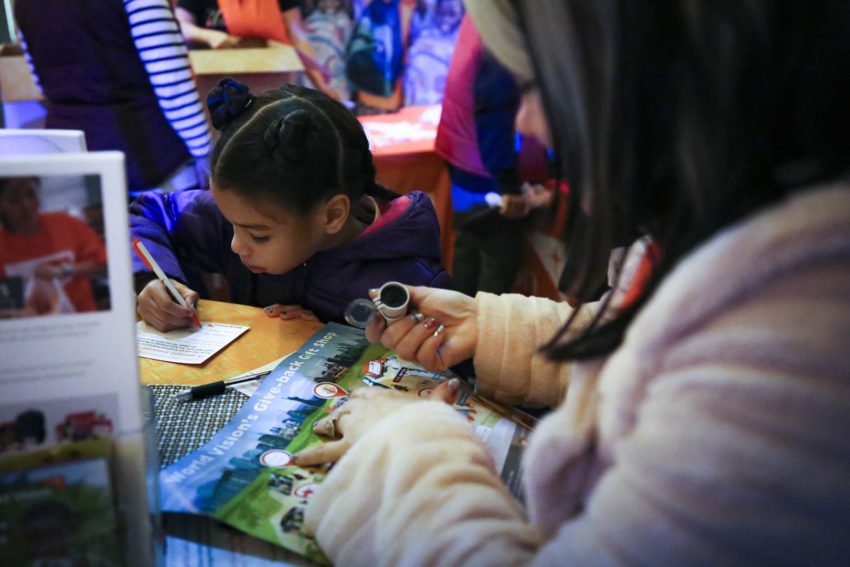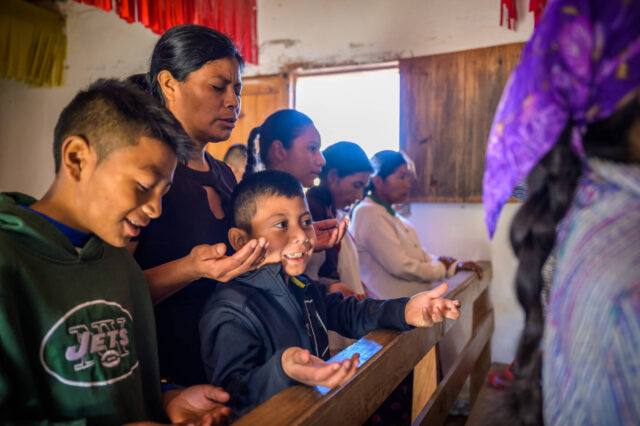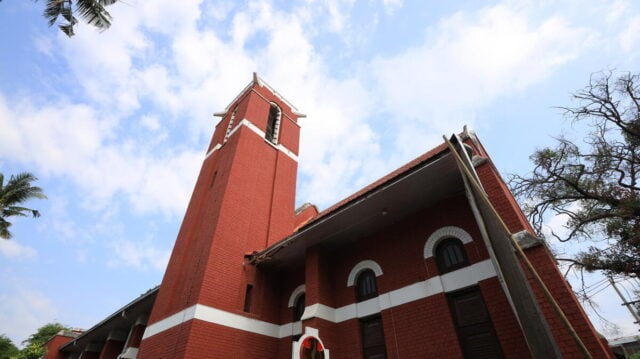As you walk through New York City’s bustling streets at Christmastime, it’s hard not to feel the magic of the season as the city transforms into a winter wonderland. Department stores deck their windows with whimsical displays that make you stop and stare, while recalling Christmases past. Parks and open spaces transform into ice skating rinks crowded with adults and children alike trying to glide across the frozen surfaces. And hundreds more simply look on while sipping hot cocoa. Christmas trees and strings of gently twinkling lights illuminate the night sky, adding festivity to — yet also softening — the already bright skyline.
And in New York’s Bryant Park, the Winter Village softly hums with activity as people shop for gifts and stop to recharge with a bite to eat. It’s also there, to celebrate Giving Tuesday on Dec. 3, that World Vision sets up the Give-back Gift Shop, designed to provide activities that help people learn about poverty in interactive ways and provide nontraditional gift opportunities that lift children and families in developing countries.
But this year, we didn’t want you to miss out on the excitement and fun if you aren’t able to join us in the Big Apple, so we’re bringing the Give-back Gift Shop to you through seven activities you can do with your family that capture the essence of what you’d experience in New York, but with no travel required. We hope you can use these as ways to get to the heart of what the Christmas season is all about — loving and serving others as Christ came to love and serve us.
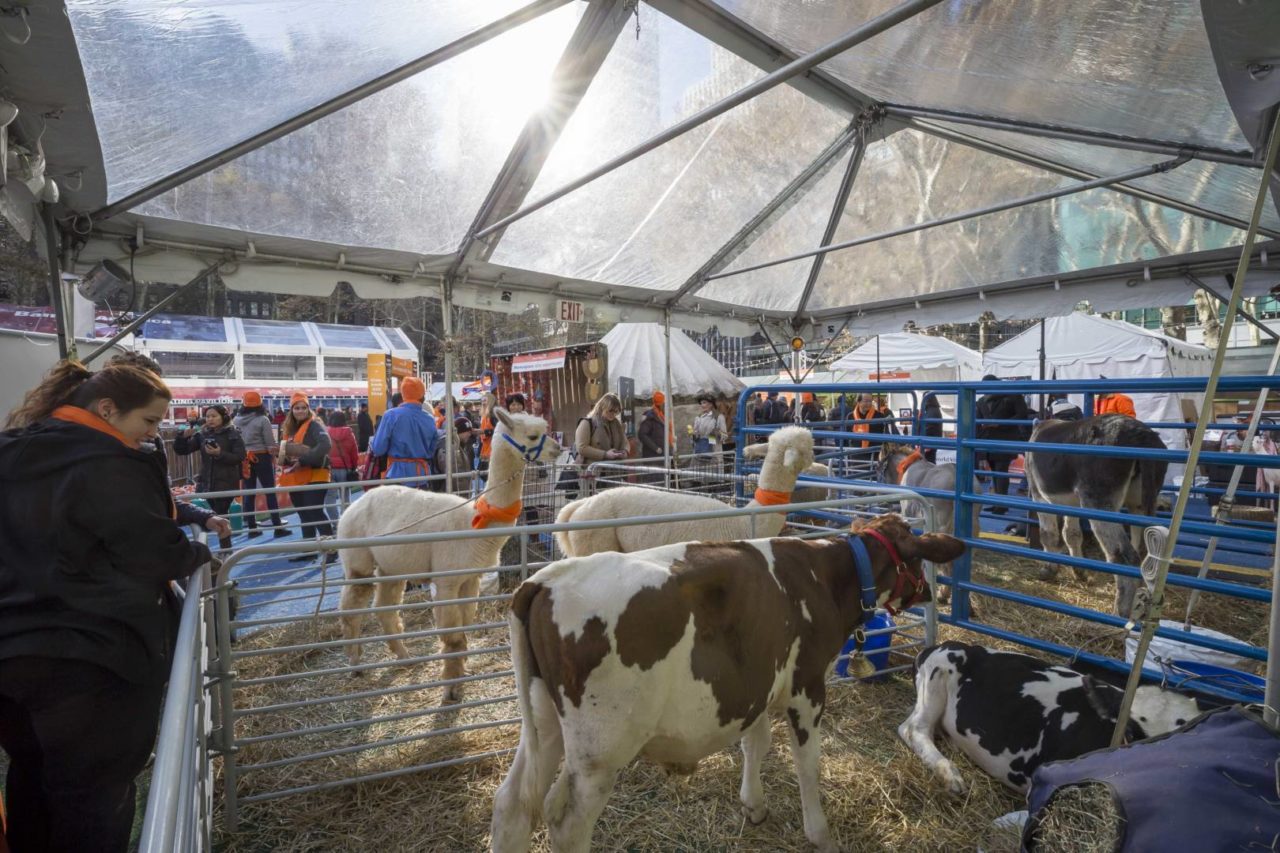
Activity 1: Animals
Visit your local zoo, and head to the farm animal exhibits. There, you’ll likely encounter goats, sheep, cows, chickens, pigs, and others as well.
As you walk your children from animal to animal, ask them questions:
– What does this animal produce that humans use?
– In what ways could that product help people who are living in poverty?
– How could receiving an animal help that family have a better life?
Animals help families become more resilient. For example, goats produce milk that is nutritious for children who may be malnourished. Goats also reproduce quickly, and when families have more goats, they can sell them to have the cash to pay for children’s school fees or to barter for other items they may need. And the goat poop can be used as fertilizer to help families have better crops for selling or eating.
Pray together for families who will receive animals through World Vision’s Gift Catalog. Ask God to bless and multiply the animals to help families have more resiliency.
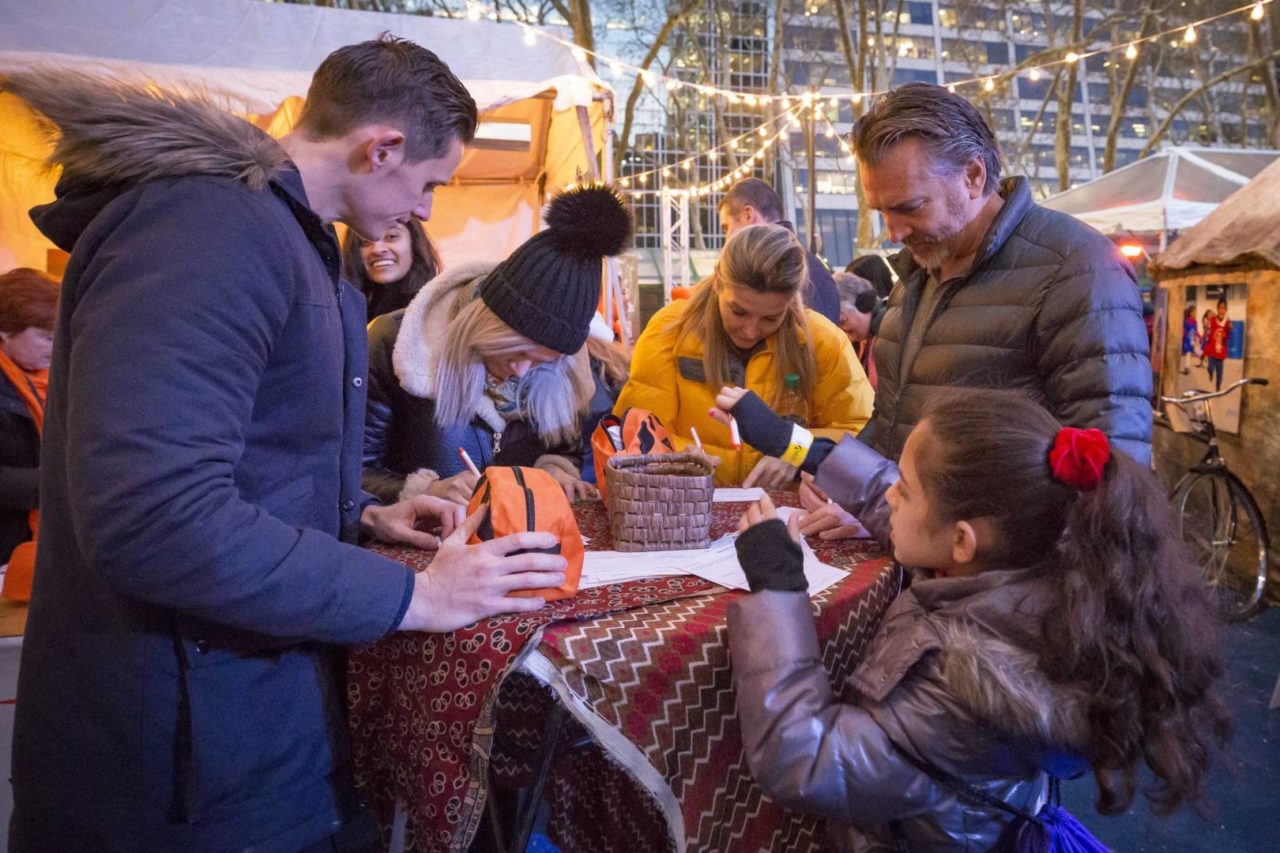
Activity 2: Help others locally
World Vision works with partners and volunteers to pack kits to help people in need. This season, as a family, find a way you can help others who may be struggling. Here are three ideas:
- Host a kit build at your church, school, or with a community group through World Vision’s Kits program.
- If you live near an urban area or a community with many homeless people, create care kits as a family with personal hygiene supplies. Include items such as a toothbrush, toothpaste, soap, a washcloth, a comb or brush, deodorant, lotion, and hand sanitizer. When you’re done, be sure to write a note encouraging the person who may receive it. Remind them of how God loves them and that they are valued. Then hand them out to homeless people or at a shelter you see as you Christmas shop or attend holiday events.
- Volunteer at a local homeless shelter or food bank as a family. Talk to people as you serve them. Then sit down and ask them their name, about their family, and if they’d like to share their story with you. Ask if you can pray with them and if they have any specific prayer requests.
When you’re done, discuss the experience as a family:
- What did you like about helping others?
- What was hard about helping others?
- What did you learn?
- What was most surprising?
- How can you pray for the people you helped?
- Should we do this more often than just at Christmas?
We often assume everyone who is struggling is doing so because they’ve made bad decisions, but that’s not always the case. Sometimes people are forced to make a decision when both choices will lead to a negative consequence, like, “I only have enough money to pay for one thing, so do I pay the rent or pay to fix my car so I can get to work and not lose my job?” The more resources and safety nets we have to help us when difficult situations happen, the more resilient we are when hard times come. Without resources, when even one challenging life situation happens, it can completely derail a person and their family.
As a family, pray for the people you met. Ask God to provide for them and encourage them. Ask that God keep your heart softened toward helping others.
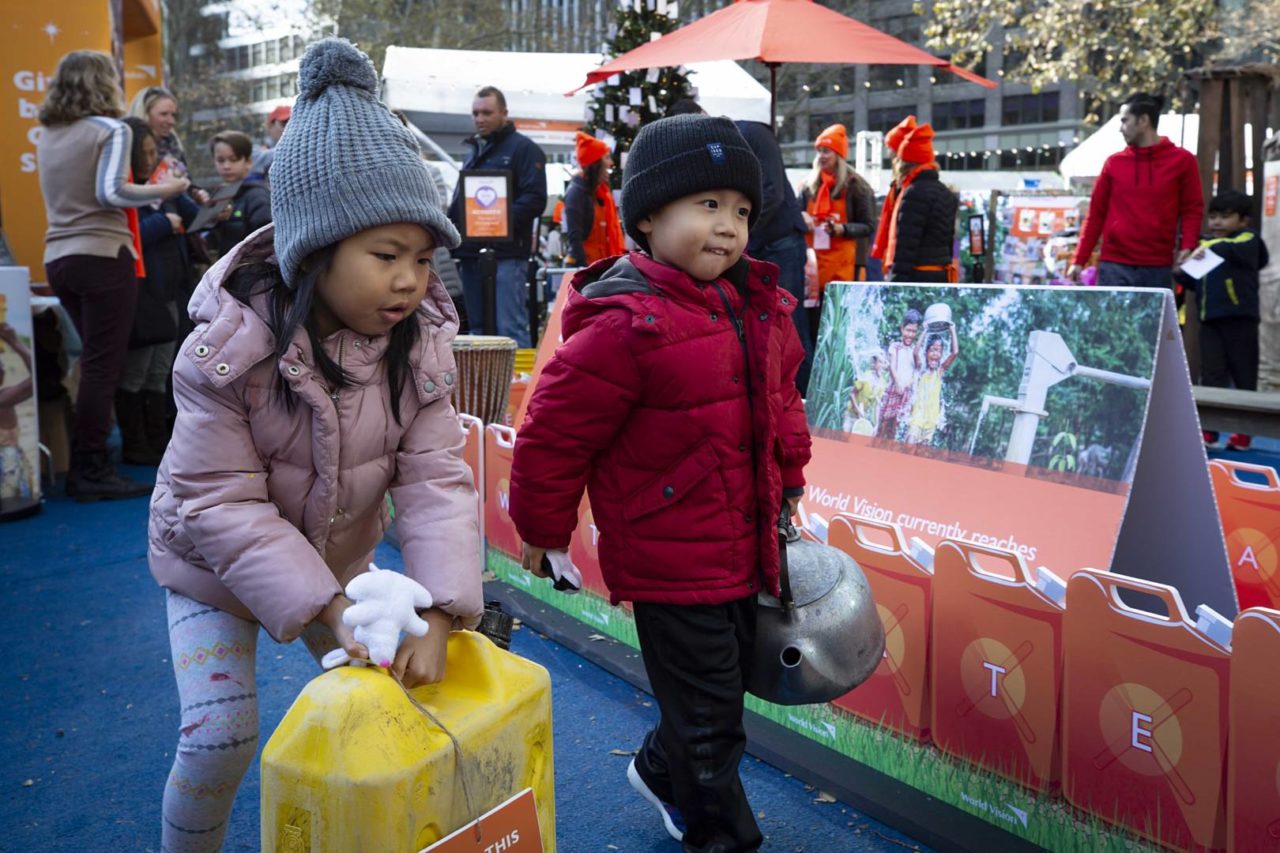
Activity 3: Water walk
Fill a bucket, empty gallon jug, or tea kettle with water. Each family member should have their own bucket or jug, the size dependent on their age. Plan a route around your neighborhood that is between 1 and 4 miles. Then, as a family, walk that route with your water containers no matter the weather that day.
When you’re done, discuss the experience:
- What was hardest about carrying the water?
- Did the weather outside make it harder or easier?
- How did carrying water make you feel emotionally and physically?
- What activities do we do at home that require water?
- What would it be like to have to walk to get water and carry it back to our house?
- What would you miss out on doing if you had to walk and get all the water you and your family used every day?
- How does that make you feel?
In developing countries that lack access to water, the chore of walking to gather water for drinking, cooking, cleaning, and bathing usually falls to women and children. Each day, they walk an average of 6 kilometers (3.6 miles) to gather water — often dirty, contaminated water that can make them sick. When children walk for water, they miss a lot of school, so they often fall behind and eventually drop out altogether.
After your discussion, pray for people who don’t have access to water. Ask God to keep them safe and healthy while they wait and for his provision.
Activity 4: “Travel” internationally through photos to see World Vision’s fieldwork
The challenges of poverty become more real when you see them in person. But not everyone can hop on a plane and travel halfway around the world, but we can bring the world to you!
Use this interactive photo story to meet people World Vision has helped around the world. Be sure to click on the icons to prompt questions, what to notice in each photo, as well as learn ways to pray.
Activity 5: Give a gift that changes a life
Sit down together as a family and read through the winter issue of World Vision magazine and the World Vision Gift Catalog you may have received in the mail. Don’t have one? Call 1.888.852.4453 to request a copy of either. As you read, you’ll learn about the different gifts you can buy to help families living in poverty. These gifts help increase education, health, livelihoods, protection, spiritual nurture, and more.
As you read, ask your family questions such as:
- What stands out to you, and why?
- What surprises you, and why?
- How do these things make you feel?
- What can you do to make a difference?
After you’re done reading, consider selecting a gift from the Gift Catalog to give as a family. Pray that the gift will bless the family who receives it. Then consider purchasing or making something small that you can place under your Christmas tree that represents that gift. For instance, if you give a goat, buy a stuffed goat. If you give education for a girl, place a book or pencil under your tree, and so on.
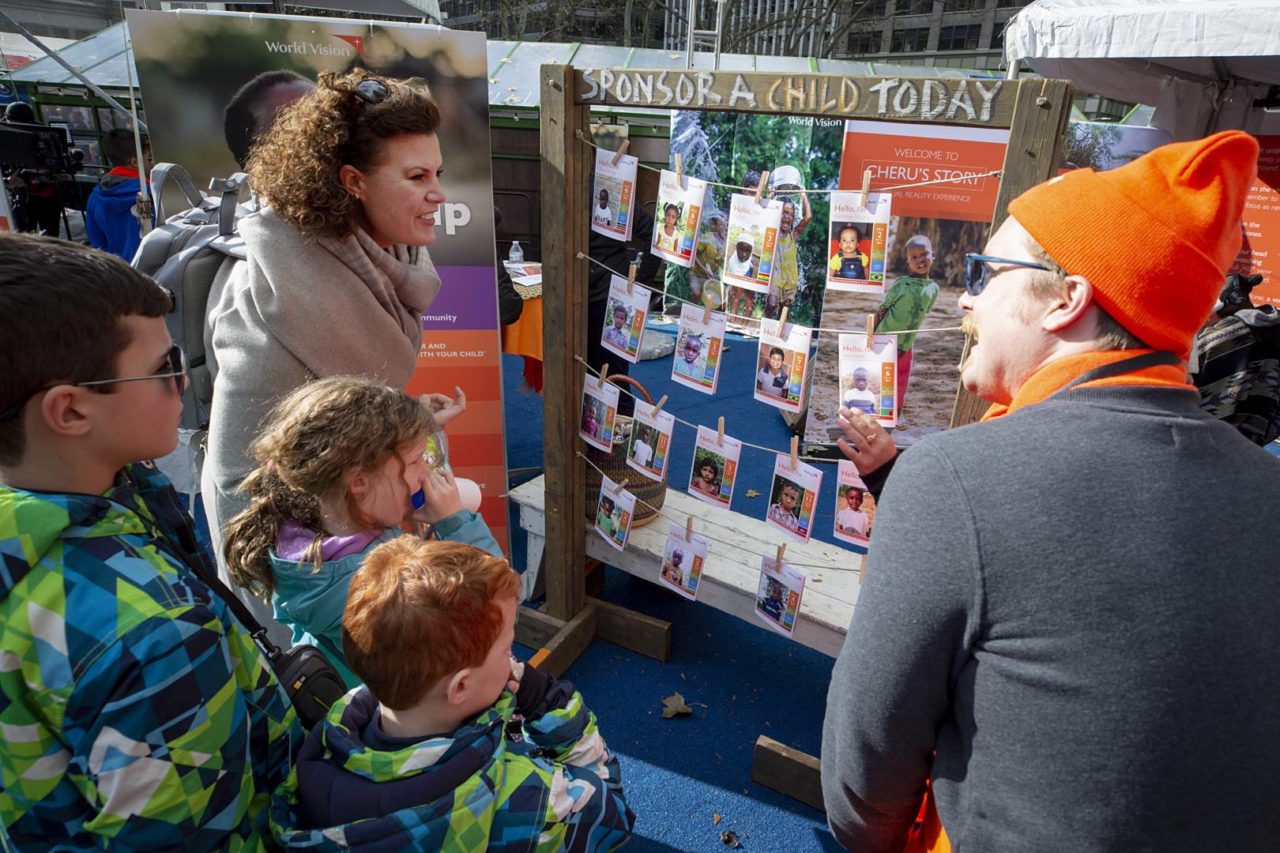
Activity 6: Be chosen
Sponsoring a child is one of the most impactful ways you can make long-term, lasting change. In fact, because of World Vision’s community-focused solutions, for every child you help, four more benefit, too. Can you be more impactful than that? Yes! Sponsor a child by signing up to be chosen!
This year, we put the power to choose their sponsor in a child’s hands. Instead of selecting a child you’d like to sponsor, you and your family will upload a photo, which will be sent to another country, where a child will choose your photo from a wall of potential sponsors. For many children, they don’t get the opportunity to make choices, so this is the first choice in their journey of empowerment.
As you sign up, discuss the activity with your children:
- How do you feel about signing up to be chosen?
- What would it be like to not have any choices?
- What’s a decision you’ve gotten to make recently, and how did it make you feel?
- What do you hope for as a result of having a new friend in another country?
After you sign up, pray for the child who will choose you. While you may not know who they are, and you may even feel nervous, God knows which precious child will choose you, and he loves them, so pray that God will work in their life through this new relationship with your family.
Activity 7: Celebrate and share
Your family has successfully created their own Give-back Gift Shop at home through six fun activities. But when we learn something new or have joy in our hearts, we should share it with others, so we can pass it on, encourage them, and help them learn as well.
As a family, take a selfie with something that represents what you collectively want to celebrate and share this season as a result of this experience. Maybe you learned a lot on the water walk and gave a gift for clean water through the Gift Catalog, so take a photo with your bucket and post that you’re celebrating clean water. Maybe you learned how helpful animals are and gave a chicken through the Gift Catalog, so take one of those photos from the zoo (you know you took some, even though we didn’t tell you to!), upload it, and share that you’re celebrating increased livelihoods that animals bring.
Whatever you learned, capture it in a photo with your family. Then parents, upload it to your social media accounts and tag us — @WorldVisionUSA — with what you’re celebrating this Christmas season.
